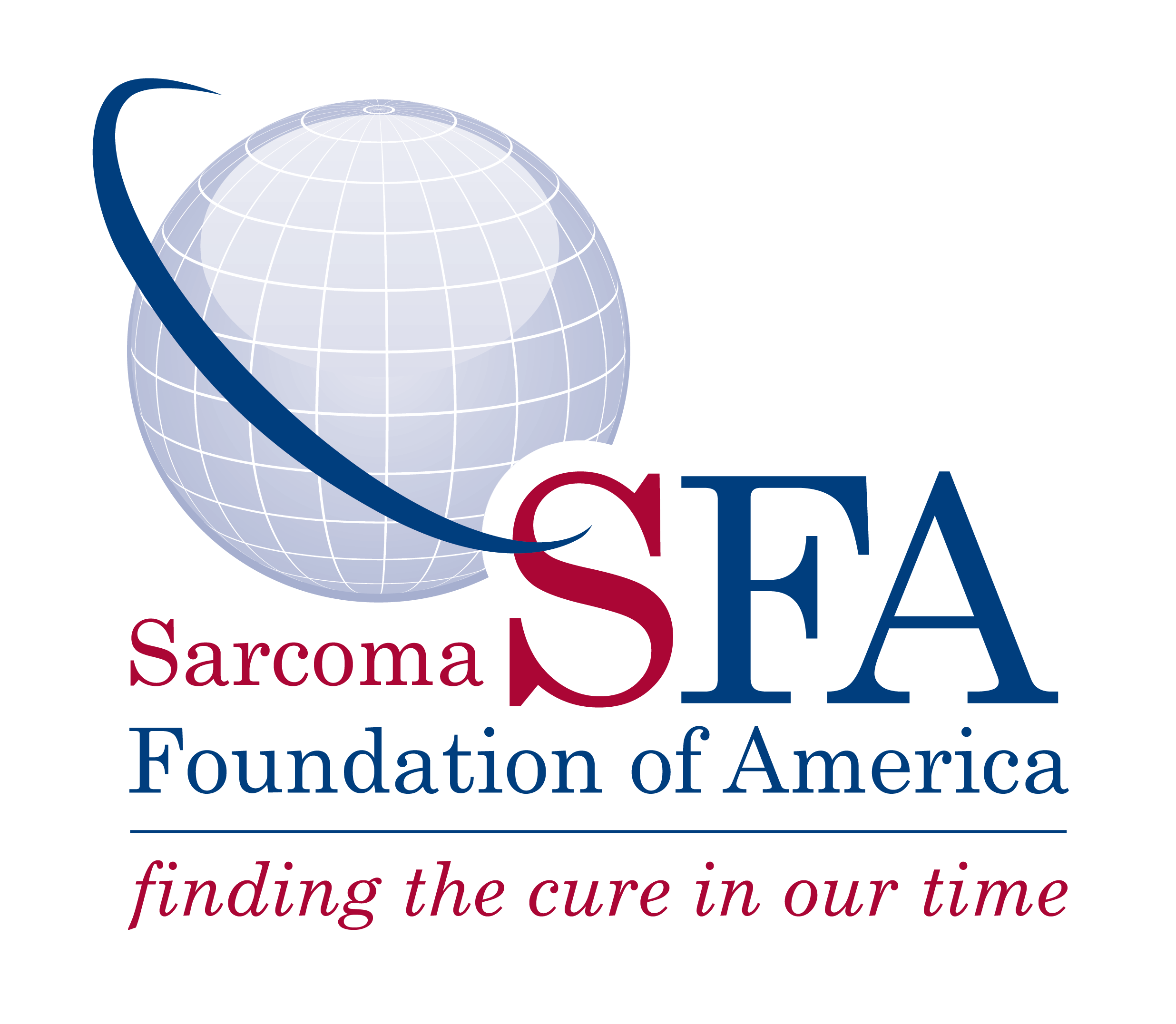Translational assessment of predictive factors of response of Ewing sarcoma to genotoxic therapy
The survival rates of metastatic patients with Ewing sarcoma (ES) are still a disappointing 20-40%, motivating the search for effective novel therapeutic targets. ES is particularly sensitive to treatment with DNA damage inducing agents. This sensitivity might be attributed to the EWS/FLI1-dependent accumulation of RNA-DNA hybrids increasing replicative stress and provoking a response of cellular repair mechanisms. In vitro data supports that agents such as Irinotecan (IRN), Temozolomide (TMZ) or PARP inhibitors (PARPi) induce DNA damage in ES cells. The clinical phase I study ESP1/SARC025 (NCT02044120), led by the SARC, administered PARP inhibitor niraparib, given in combination with TMZ (Arm 1) or IRN (Arm 2) in patients with relapsed incurable ES. We do not know, however, the factors that predict response or resistance to these drug combinations.
Our objectives and brief materials and methods are:
1. High-throughput exploratory screening for biomarkers of sensitivity and resistance to therapy in a subset of ES Patients treated with genotoxic agents. Paraffin embedded samples will be subjected to HTG oncology biomarker panel (OBP) to profile the tumour samples.This panel includes 2560 genes implicated in 24 pathways related to cancer, also comprising the genes evaluated in objective 2. Pathways include DNA repair machinery (such as PARP1, MGMT, ATR, BRCA1, RAD51 among several others), genes related with drug resistance (such as ABC drug-efflux bombs), cell cycle and angiogenesis related genes. We will compare RNA expression in pre-treated tumor samples of responders vs non-responders in order to identify a predictive gene signature.
2. Evaluation of expression of potential biomarkers for sensitivity and resistance to genotoxic agents in ESP1/SARC025. we will evaluate the relationship between the status of key molecules involved in the response to TMZ, IRN and niraparib and results from ESP1/SARC025. Protein levels will be measured by immunohistochemistry (IHC) in tumor samples collected at different phases of the study. Furthermore, relevant genes from Obj.1 will be validated for their protein levels by IHC in this objective.
3. Design of a panel of gene and protein expression which could predict ES response to DNA-damaging agents / PARPi which could be used in future prospective trials. Gene signatures derived from exploratory expression analyses in Obj. 1, together with relevant predictive biomarkers identified in Obj. 2, will be exploited to design and perform the analytical validation of a companion diagnostics assay in partnership with NanoString.

